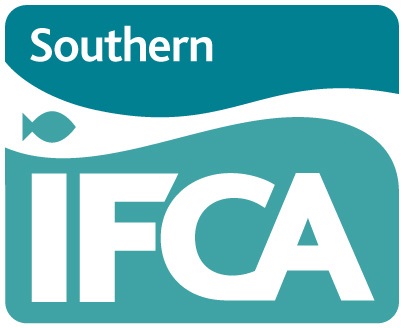Marine life along Dorset’s coast
![]()
Dorset’s underwater seascape is made up of many large areas of very rocky, hard seabed, with the sandy and soft sediment bays and harbours of Swanage, Studland, Poole and Christchurch in the east. The area is heavily designated due to its excellent examples of these habitat types. MPAs in this area include: Southbourne Rough MCZ, Poole Rocks MCZ, Studland Bay MCZ, Purbeck Coast MCZ, Studland to Portland SAC, South of Portland MCZ, Chesil Beach and Stennis Ledges MCZ, Chesil Beach and the Fleet SPA, Chesil and the Fleet SAC and Lyme Bay and Torbay SAC. In total, these sites cover 748 km2 of Dorset Coastal seas.
